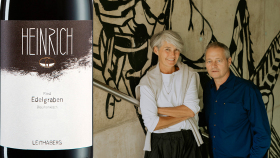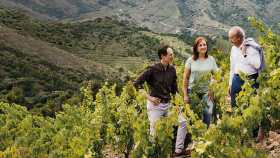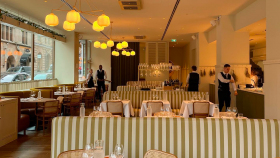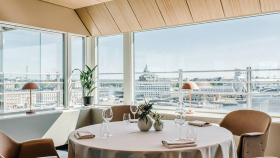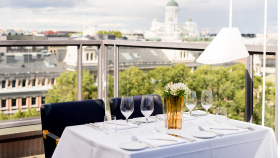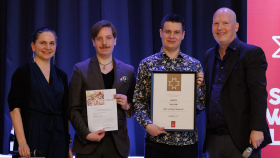"Biting into a cloud": the Château Palmer Historical XIXth Century Wine
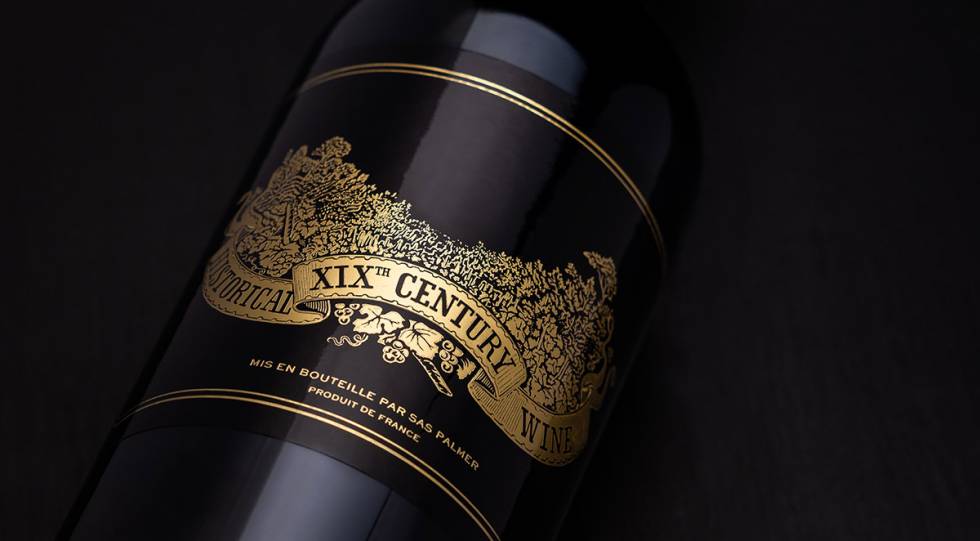
It’s rare and hard to find, but every wine lover deserves to try it at least once in a lifetime. It’s the Château Palmer Historical XIX Century Wine. Recently, the tenth vintage named L.20.20 was released.
Master Sommelier Alexander Koblinger thinks that everyone who loves wine should have a chance to sit down with Thomas Duroux and a glass of the Château Palmer Historical XIXth Wine, and hear how the wine was conceived.
The Bordeaux lovers he’s offered it to, Koblinger says, are intrigued when they hear about it. But they also want to know whether such an unusual wine is of the same quality as the classics they are used to drinking.
“And I say, ‘oh yeah, it’s fantastic’,” says Koblinger.
The Austrian Master Sommelier works as Head Sommelier at the Döllerer Hotel and Restaurant in Gölling, Austria, and is also manages the fine wine store, where he runs tastings and masterclasses. The people Koblinger serves, he says, are serious wine lovers and collectors, who know their wines.
And once they’ve tried the Château Palmer Historical XIXth Century, they want to know more.
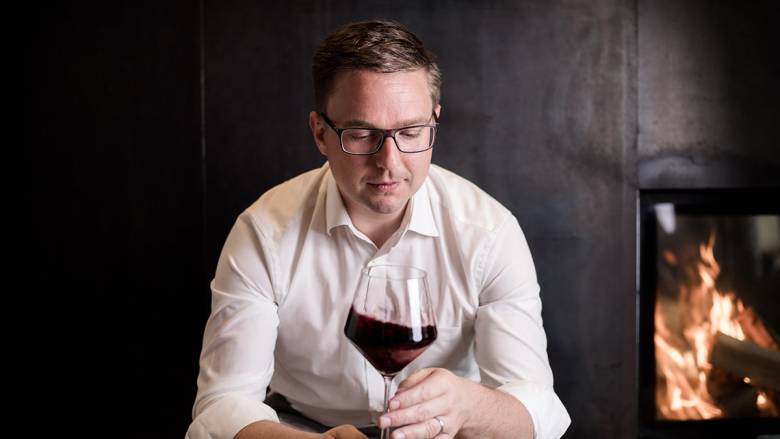
A living link to wine history
In 2005, an American collector asked Château Palmer’s winemaker, Thomas Duroux, to sit down and taste old vintages of Château Palmer. One of the bottles he opened was from 1869, “which gave me the astonishing impression of biting into a cloud,” said Duroux later.
“While the label had faded away, the wine’s beautifully old-fashioned elegance harked back to the ‘hermitaged’ blends of the 19th century,” he went on.
This referred to a tradition, long lost, that saw tiny amounts of Syrah from the northern Rhône Valley added to Bordeaux wines during winemaking. It was done to add colour, structure and intensity, and was perfectly legal and accepted at the time.
“I wanted to revive this practice, above all as an experiment, as an intellectual game and an oenological gesture,” said Duroux.
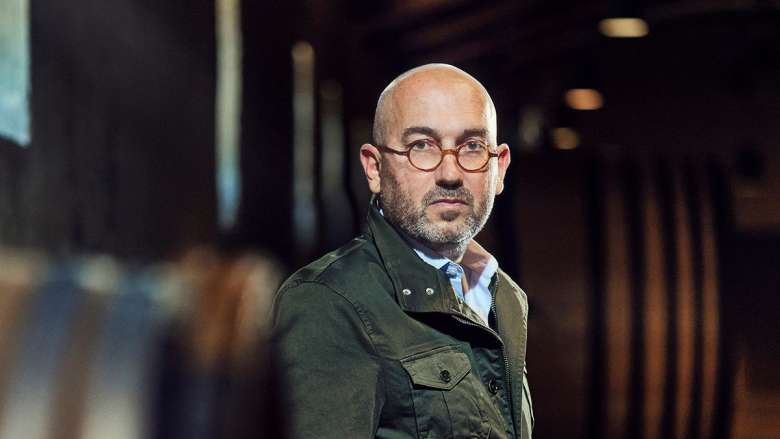
In 2006, a year after that astounding tasting, he began his experiment, using wines from 2004. The taste was so good, that it led Château Palmer to launch the Historical XIXth Century Wine.
In the promising vintages since then, the team pays a visit to the Rhône region, where they select the Syrah grapes that will go into the blend of Merlot and Cabernet Sauvignon; the Syrah represents around 10%, and its source is a closely-guarded secret. Around 5,000 bottles are produced per release.
It’s just another way that Château Palmer has made its mark on wine history.
Château Palmer is one of the greats of Bordeaux
In the early 1800s, Frenchwoman Marie Brunet de Ferrière — better known to history as Madame de Gascq — had a Bordeaux property to sell, situated in the Medoc. When she met the potential buyer, Colonel Charles Palmer, she told him that the wines that came from her vineyard rivalled the best in Bordeaux. He bought the property, renamed it after himself, and added more vineyard land, across Cantenac, Issan and Margaux.
Today, the property is owned by two family-owned negociants, Mähler-Besse and Sichel. In 2004, they brought the agronomist Thomas Duroux on board; Duroux is widely acknowledged as one of the most talented winemakers of his generation, with previous experience in Hungary, Italy, France and South Africa.
The marriage of great terroir and great winemaking has taken Château Palmer to new heights, with their Château Palmer and Alter Ego wines being highly sought after and collectible. The estate has been certified 100% biodynamic since 2018; the cows that provide the manure live on the property, and are fully integrated into the property.
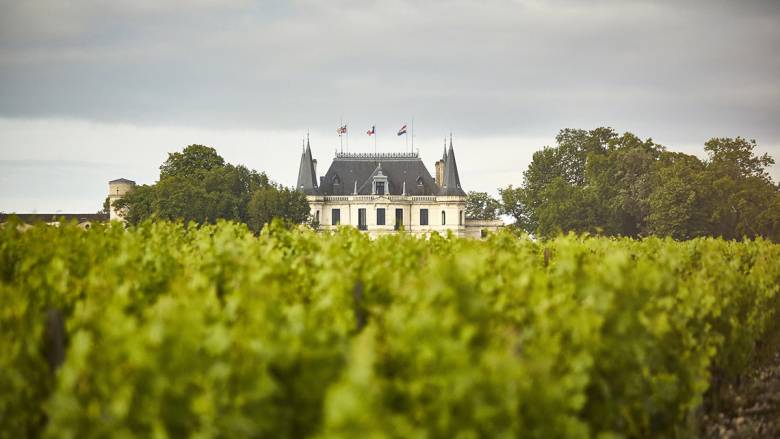
Because the Historical XIXth Century Wine contains a small portion of Rhône wine, it cannot be labelled under the Bordeaux name, but as a Vin de France. This means it doesn’t carry a vintage date. (Although the clever wine lover could probably figure out which vintage is in the recently released L.20.20 - the tenth vintage since the first one: L.20.04).
“While remaining faithful to the Château Palmer spirit, Historical XIXth Century Wine calls upon our instincts and reflects our sensitivity in the present moment; it is the expression of our hesitations and the fruit of infinite curiosity,” says Duroux.
Or as Koblinger MS says, “I don’t think there are many chateaux that could do this. This wine is unique.”
Read more about Château Palmer and the Historical XIXth Century Wine
The vintages of the Historical XIXth Century Wine by Château Palmer
L.20.04
Particularly fascinating during its younger years, this first hermitaged wine by Château Palmer later lost its harmony, yet found it again ten years later. A true curiosity.
L.20.06
In this second attempt, we became convinced that this batch was meaningful. Not only did the Syrah from the northern Côtes du Rhône integrate perfectly into the assemblage, but it also improved with time alongside the Cabernet and Merlot from our terroir.
L.20.07
The 2007 vintage was sweet and delicate in Bordeaux, while powerful and structured in the northern Rhône. The resulting assemblage was explosive.
L.20.10
This fourth edition is an absolute reference. An immense wine that defied time and revealed its full complexity several years later.
L.20.13
The devaloped texture of Syrah is a winning addition to the compact grain and fine acidity of the Palmer wines. This Historical remains rooted in the style of the vintage but offers something extrg
L.20.14
This batch boasts the full classicism of the 2014 vintage in Bordeaux, with the Syrah lending a welcome hint of the exotic
L.20.16
Gravitas and rigor characterize the 2016 vintage, both in Bordeaux and in the northern Côtes du Rhône. This wine illustrates both perfectly.
L.20.17
While this vintage showcases the delicacy of Margaux wines, it offers more power in the northern Côtes du Rhône. The Syrah is a wonderful addition to the backbone of this wine, which revealed itself to be upright, peppery, smooth, and precise.
L.20.19
With its notes of violet and blackcurrant, the 2019 batch confirms its intrepid character while pursuing a taste for exploration. Once again, it offers the prestige of surprise.
L.20.20
When the pepper of the Petit Verdot meets the violet of the northern Syrah. All of this domesticated by the great finesse of a pure Margaux Cabernet Sauvignon. A free and unprecedented interpretation of the vintage.
Find Château Palmer on top wine lists with Star Wine List Premium
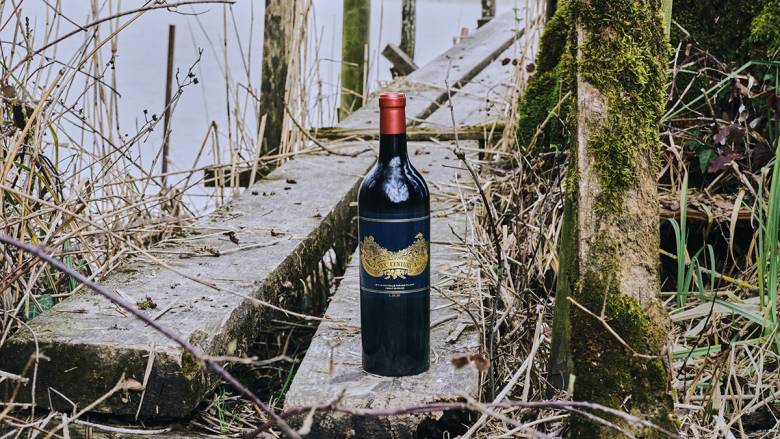
Do like the Pros - search 2500+ wine lists





